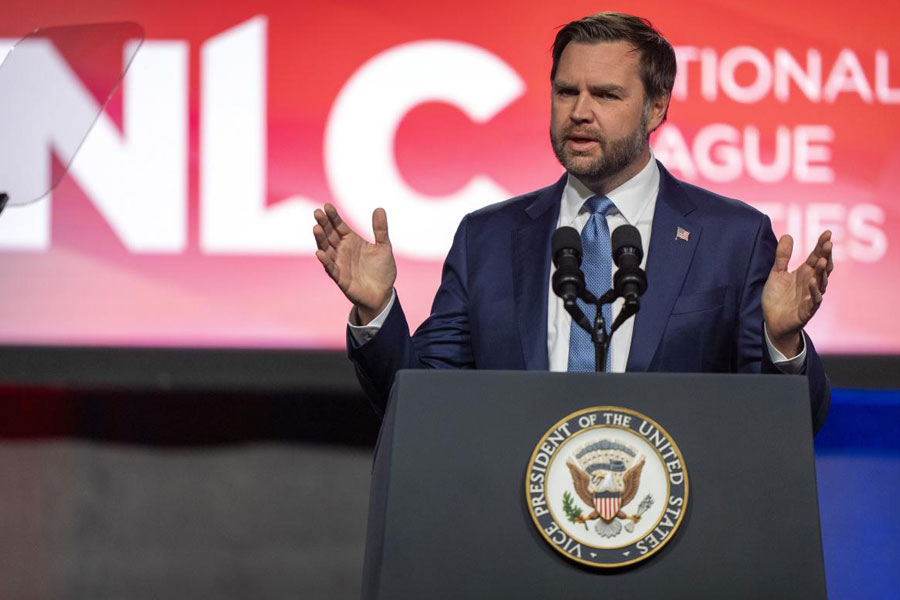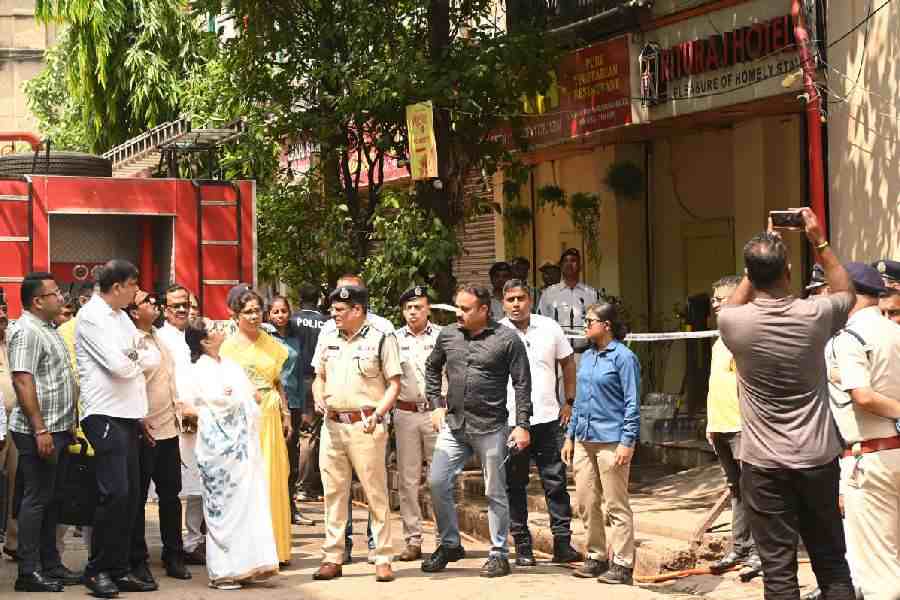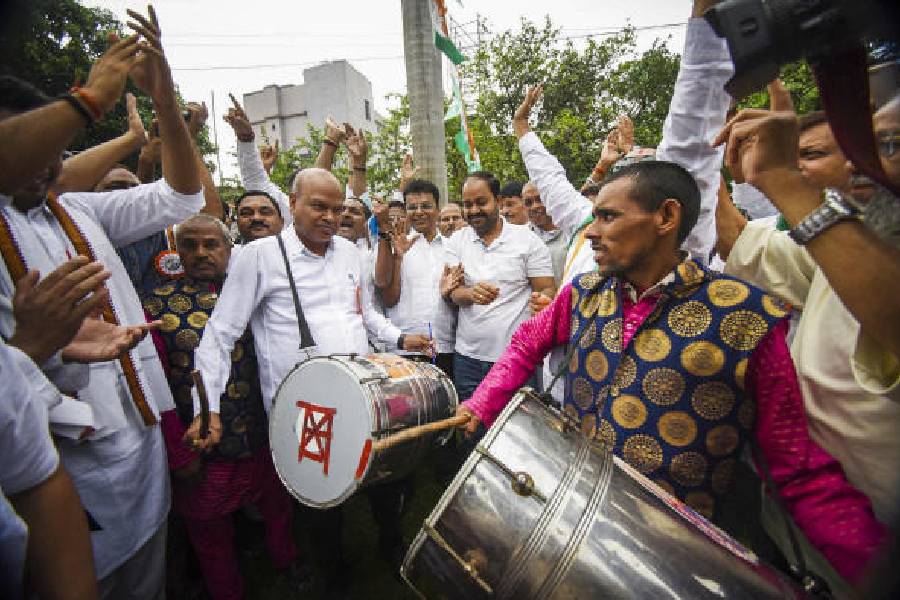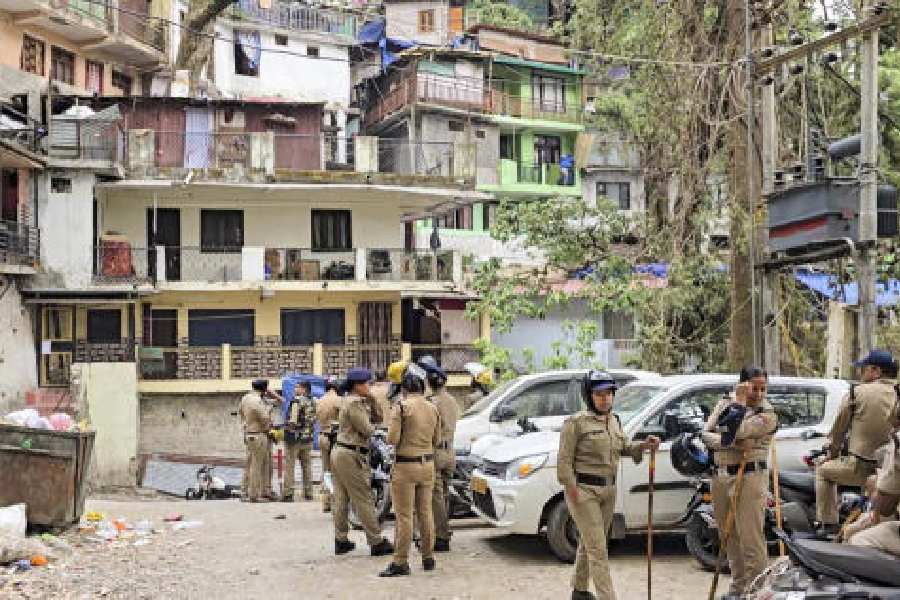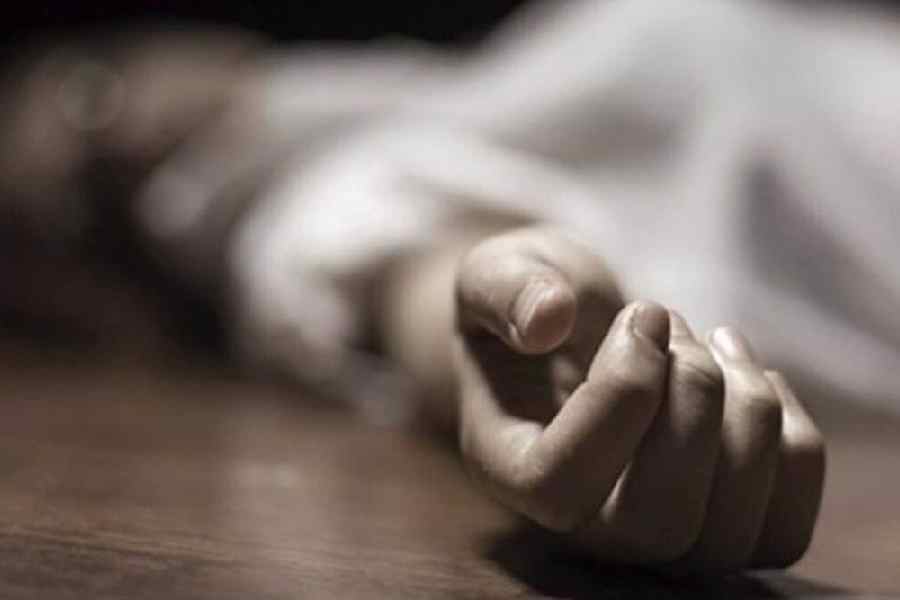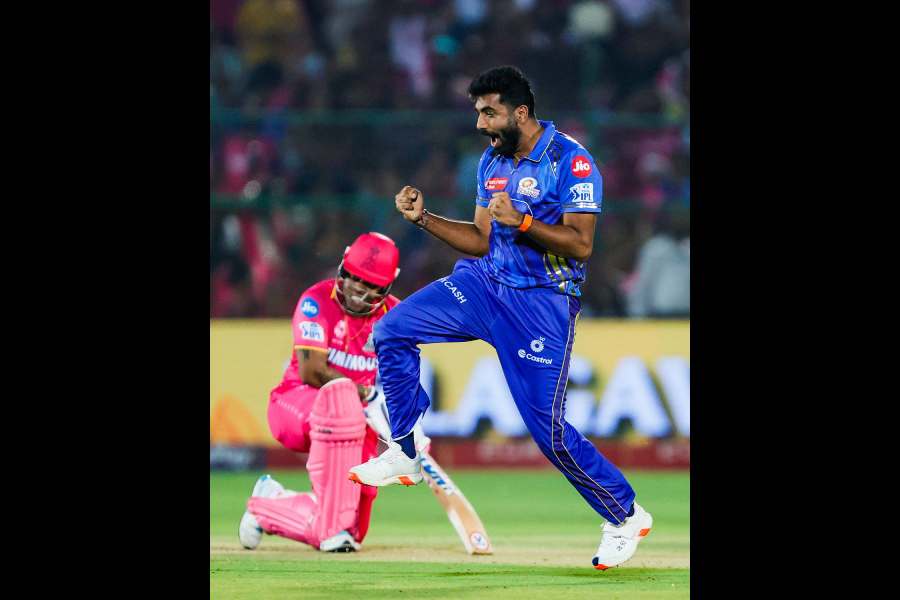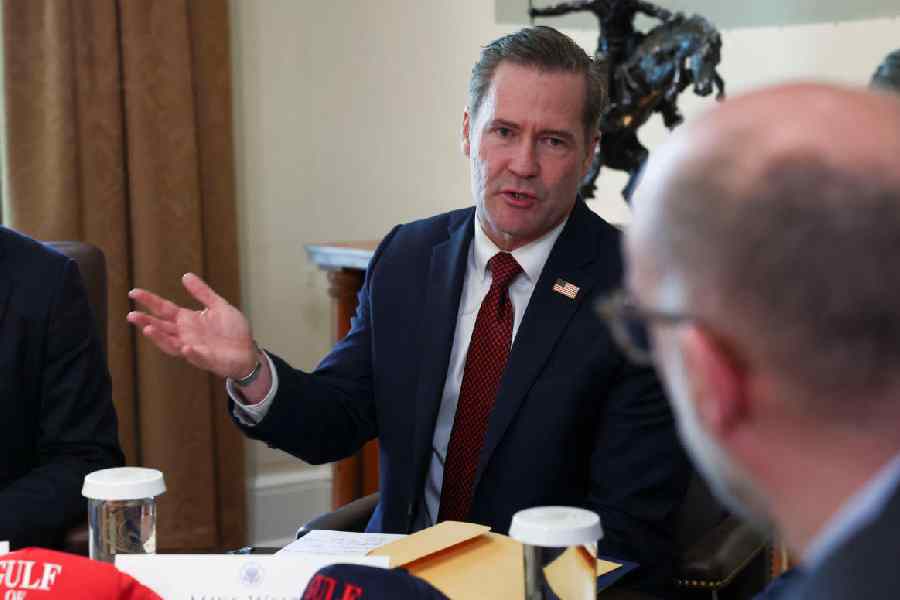New Delhi, June 6: South Africa's Ramakrishna Centre is set to play a lead role in helping Narendra Modi connect with the Indian community when the Prime Minister touches down for a scheduled visit to the country next month.
The BJP's overseas cell that usually organises Modi's engagements with the diaspora on overseas trips is working with the centre and two other spiritual missions in South Africa in the absence of its own unit and a community of RSS-BJP sympathisers there.
The Divine Life Society, inspired by Swami Sivananda of Rishikesh, and the Chinmaya Mission are the BJP's other conduits to reach out to people of Indian descent and NRIs in South Africa.
The Ramakrishna Centre, a branch of the Belur Math Mission, traces its origins to 1934, when a monk, Swami Adyananda, stayed in South Africa for a few months at the invitation of the local community.
However, the centre was established and strengthened in 1942 by a local resident, Dhanagopal Naidoo, who was inspired by Swami Vivekananda and later became Swami Nischalananda. The centre is now headed by Swami Sumanasananda, who was earlier based in Meghalaya.
The other outfit the BJP's overseas cell counted on for support was the South African Hindu Mahasabha.
Unlike the Ramakrishna Centre, the Divine Life Society and the Chinmaya Mission that focused their educational and welfare programmes to integrate the local African communities, the Mahasabha's charter was clear. Among its principal objectives, it said, were promotion of ingredients and foods specifically eaten by Hindus during religious rituals and encouraging education that fostered the "advancement of Hindu dharma" in South Africa.
"In that sense, the outfit is similar to the Vishwa Hindu Parishad," an RSS source said.
However, BJP sources admitted that their outreach to the present generation of Indian migrants through the Ramakrishna Centre and the others, including the Hindu Mahasabha, might be "limited" by history and politics.
Those of Indian descent account for 2.5 per cent of South Africa's 51.77 million population. Their ancestors were brought in to work as indentured labourers in the sugar plantations of what was Natal in the 19th century.
They were followed by those who arrived as "free Indians" and included traders and professionals like Mahatma Gandhi who landed as a young barrister from Gujarat's Porbandar in May 1893.
Many of those who came as Hindus converted to Christianity and adopted English as their first language.
Then, those of Indian descent were not keen to be marked out as a distinct ethnic group, having worked hard to integrate with the "African mainstream" as a "survival strategy".
"They have had to face persecution and discrimination at the hands of the Africans and do not want to emphasise their identities," a BJP source said.
That left the BJP to reach out to the relatively recent migrants and the "considerably large" grouping of IT professionals who live mostly in Johannesburg.
Which is why Modi is still undecided on whether his South African sojourn should be about "nostalgia" or "hard commerce" and whether the diaspora outreach should be located in Durban or Johannesburg, the commercial capital.
Durban has historical resonances for India because it was the first port-of-call for the indentured workers as well as the "free Indians".
Gandhi's family had set up a farm at the Phoenix Settlement, 20km north of the city.
The Pietermaritzburg railway station, where Gandhi was thrown off a first class coach out of bounds for non-whites, is 67km from Durban.


